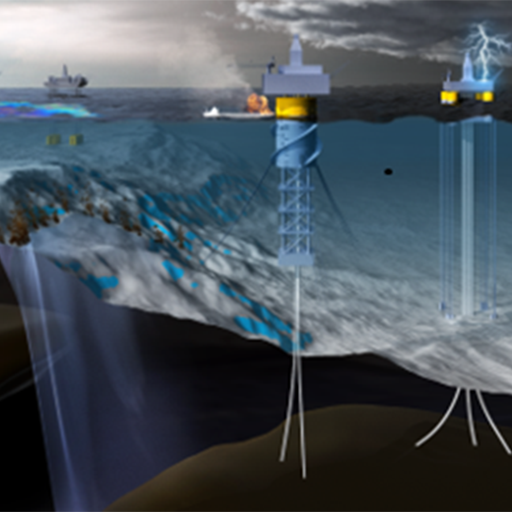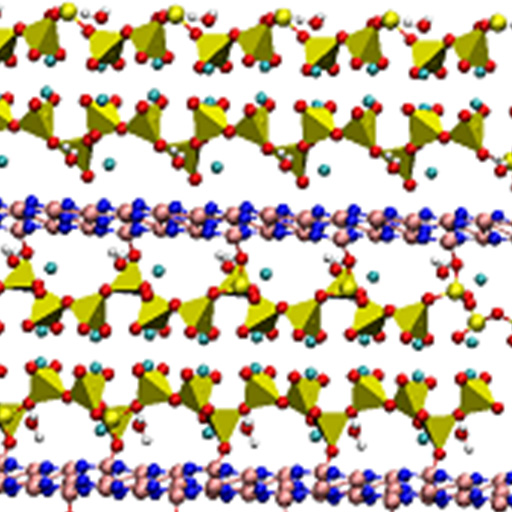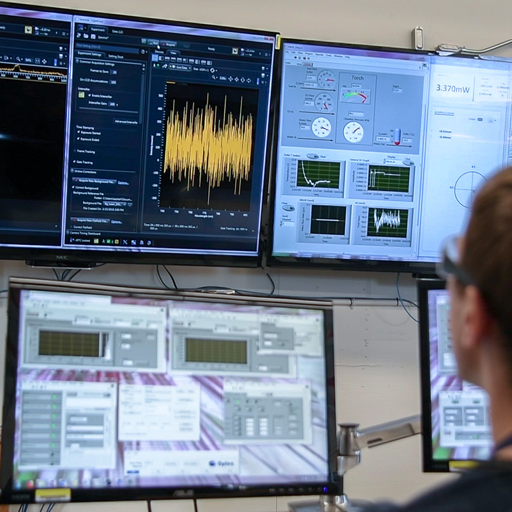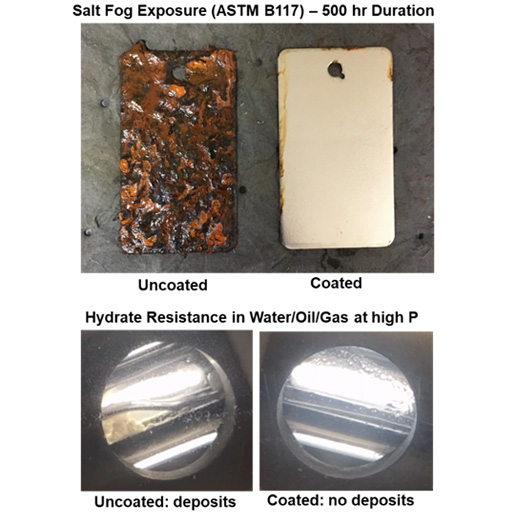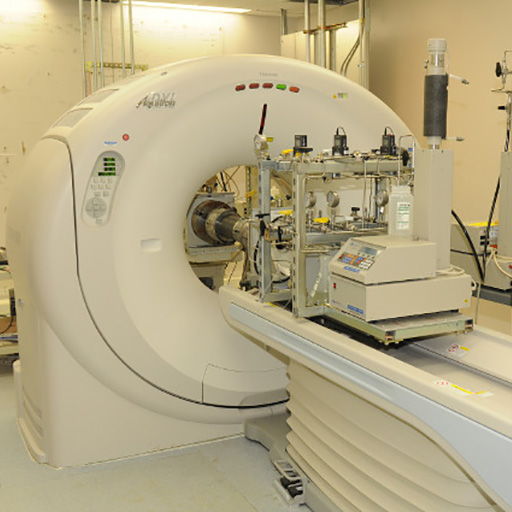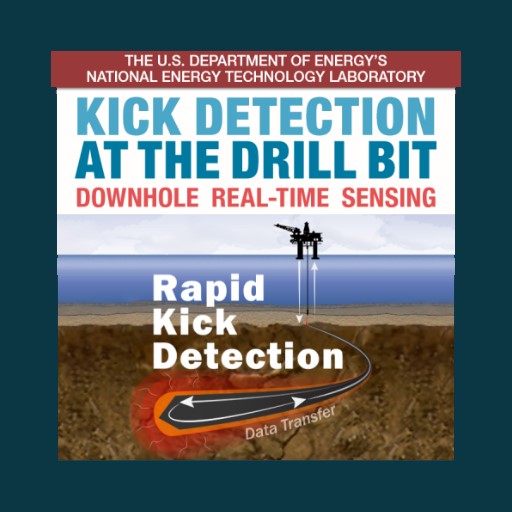Overview
The offshore environment poses unique problems, beyond the obvious ocean above. Offshore oil production has been so successful in part due to the significant porosity and permeability of the poorly consolidated rocks that have made up the reservoirs. These structure differ from more mature onshore formations, and this difference means that several key parameters used to describe fluid migration through the formations are currently approximated based on different ‘traditional’ onshore formations. Accurately modeling the movement of multiple fluids in offshore projects is vital to understanding the fate and transport of fluids to and from a wellbore.
In order to model offshore subsurface activities accurate descriptions of how fluids migrate in the subsurface is required. Relative permeability (kr) curves are the standard mathematical description of multi-phase fluid transport in geologic formations for reservoir modeling. However, while generic relative permeability curves can be applied to reservoir scale simulations to develop models, these curves result in a higher level of uncertainty in the model due to the uncustomized nature of the curves. Specifically, how the migration of multiple fluids through these formations varies, due to depositional environments, fluids, and flow rates, which results in model uncertainty. By focusing efforts on development of kr curves of gas/oil and water/oil through various key offshore environments, and providing this data to modelers, this effort will reduce uncertainty in offshore fluid migration applications. Reducing uncertainty can lead to increased production efficiency and lower operational costs.
Approach
Year 1 of this project will focus on developing capabilities and examining parameter space, building on the Fossil Energy and Carbon Management (FECM) kr tool for CO2 storage parameter determination by calculating kr of water/oil and gas/oil in relevant offshore formations. Year 2 of this project will focus on examining range of flow rates, injection fluids, and formation types, with the goal of creating a useful tool for a range of offshore applications. The end of year 2 should result in a beta version of this tool for industry review. Year 3 will focus on completing testing of flow/fluid/formation conditions, populating the tool with data, and releasing the tool on EDX.
Expected Outcome
This project will result in a set of kr curves and the understanding of how they vary with different depositional environments, fluids, and flow rates. These curves will allow for the development of a modeling tool to assist with accurately describing offshore injection and production scenarios, ultimately reducing uncertainty in real world offshore applications. In addition, all data used to obtain these parameters will be freely available for reinterpretation by industry.
Research Products
CO2 Brine Relative Permeability Database (CO2BRA)
Rapid Determination of Supercritical CO2 and Brine Relative Permeability Using an Unsteady-State Flow Method
Moore, J., Holcomb, P., Crandall, D., King, S,. Choi, JH., Brown, S., and Workman, S., “Rapid Determination of Supercritical CO2 and Brine Relative Permeability Using an Unsteady-State Flow Method.” Advances in Water Resources. Elsevier, May 21, 2021. https://doi.org/10.1016/j.advwatres.2021.103953
Explore research products that are related to this project.
Contacts
Dustin Crandall
Principal Investigator
Research & Innovation Center
National Energy Technology Laboratory
Kelly Rose
Offshore Portfolio Lead
Roy Long
Offshore Portfolio Technical Manager
Effective Resource Development
Alexandra Hakala
Senior Fellow (Detail)
Geological & Environmental Systems
Philip Reppert
Associate Director
Geological & Environmental Systems





